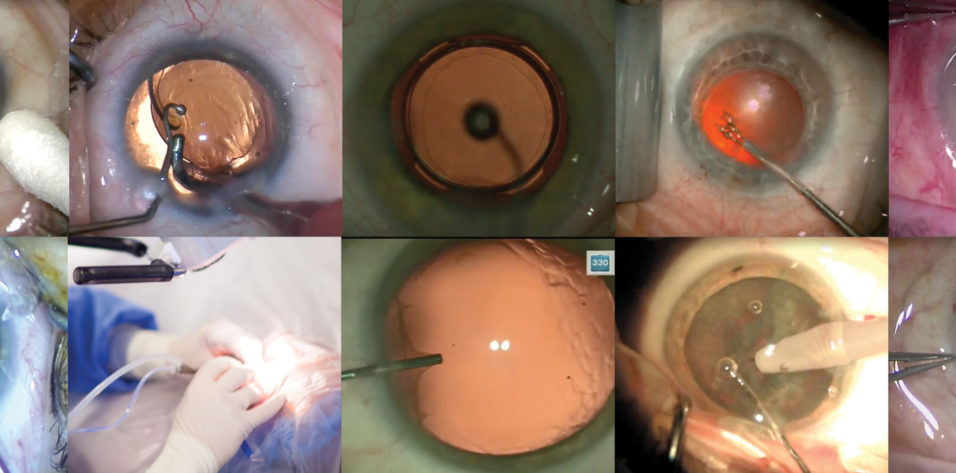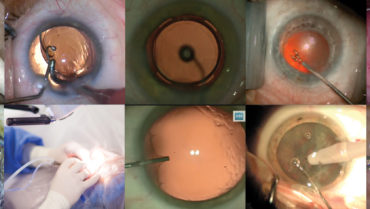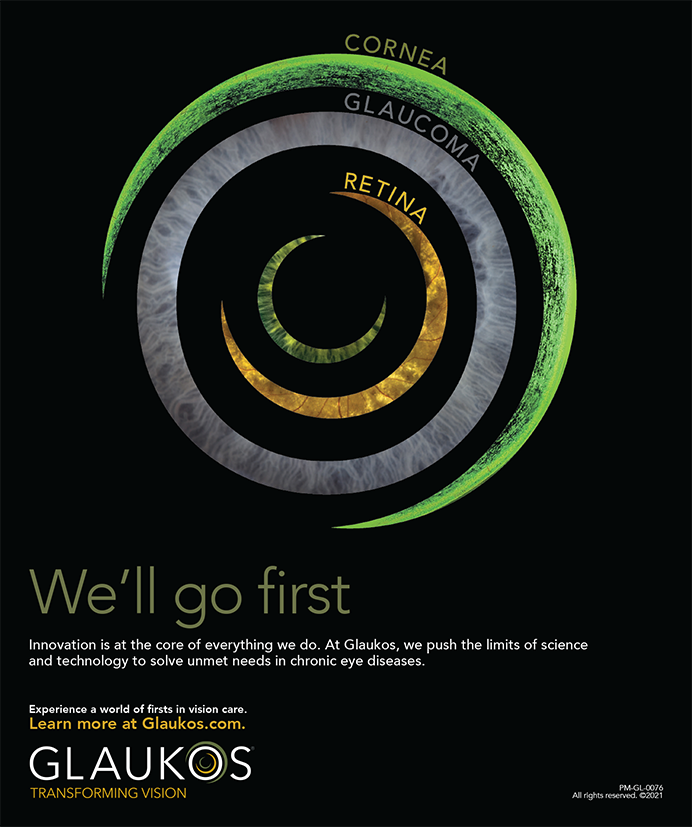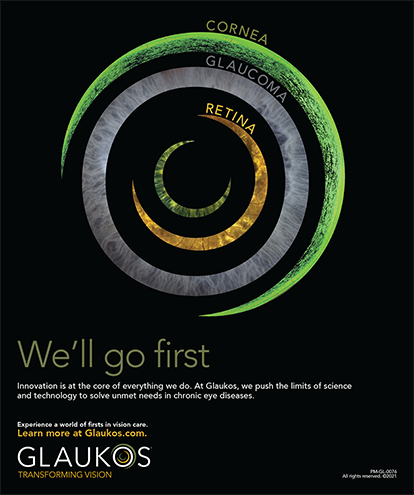
As we all know from experience, every procedure is just a little bit different from the one before, making the routine aspect of any cataract surgery mostly subjective. But, in our practice, most uncomplicated cataract surgeries follow a pretty basic surgical protocol, one that is followed by all of the ophthalmologists at St. Luke’s. Our basic surgery technique is described in this article and depicted in an accompanying video on Eyetube (bit.ly/gills0220).
We use a femtosecond laser in many cataract surgery procedures, but this video shows our basic technique with manual phacoemulsification surgery and implantation of a monofocal IOL.
CREATING THE INCISION AND CAPSULORHEXIS
The first step of the procedure is to create a sideport incision at the 12 clock hour with a 45º Sideport/Groove Diamond Knife (Ambler Surgical). Lidocaine is injected, followed by an OVD (Viscoat, Alcon) through that incision.
A scratch incision is then made with the Gills Pop Up Arcuate Diamond Knife (DSP; Figure 1) and the main incision with a 2.75-mm diamond blade. Utrata forceps are used to fashion the continuous curvilinear capsulorhexis. We believe a manual capsulorhexis is stronger and more durable than a laser capsulotomy in most cases. In our experience, the more durable the capsulotomy, the less chance of an anterior capsular rent.
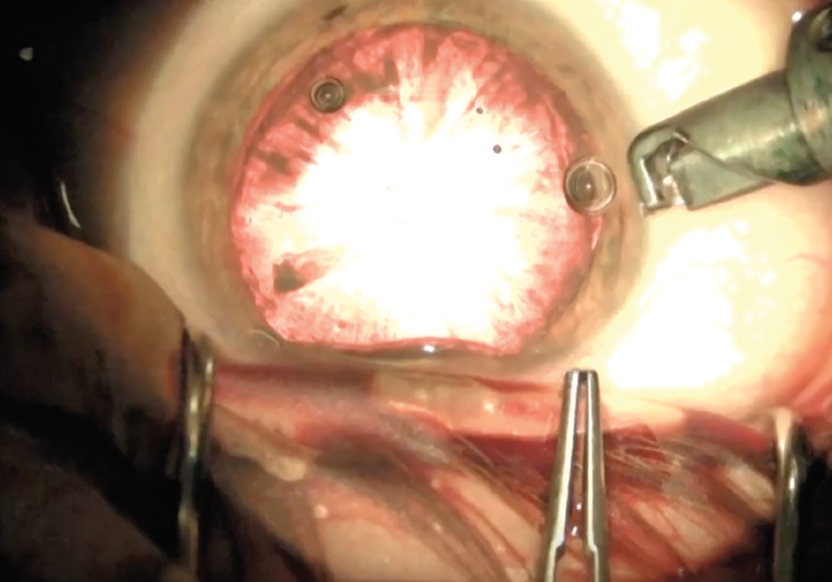
Figure 1. A scratch incision is made just prior to creating the main incision.
PHACOEMULSIFICATION
With the capsule now open, hydrodissection is performed to help mobilize the nucleus. For phacoemulsification, we use the Centurion Vision System (Alcon) with a Nichamin chopper for lens division. Typically the lens is rolled forward (Figure 2). We then create a groove, and then chop. The Nichamin chopper can serve many different purposes during these maneuvers, and it is the most versatile chopper that we have used. We like its relatively smooth tip, which allows us to get close to the capsule to manipulate fragments if needed. It also has a nice edge that is great for chopping.
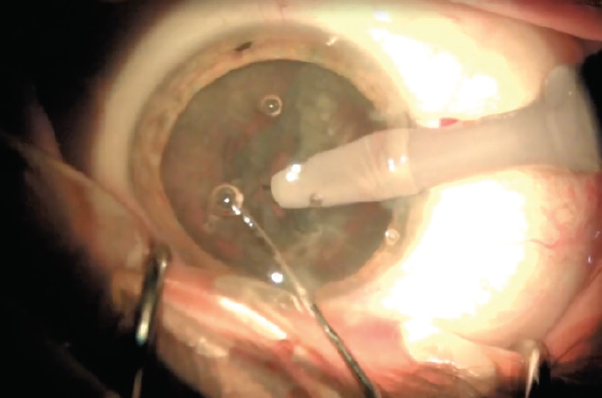
Figure 2. Just before initiating the crack, the nucleus is rolled forward.
The infusion cannula is probably one of the most underrated tools in the cataract OR. We place the infusion cannula through the sideport incision (Figure 3) so that infusion and aspiration are separated during irrigation and aspiration. In our hands, this makes this portion of the surgery safer, more effective, and faster.

Figure 3. Placement of the infusion cannula in the sideport incision separates the infusion from the aspiration.
We also like to use the infusion cannula as a platform to break up little nucleus fragments left behind after phacoemulsification. It also can be used as a stabilizing instrument when we need to move the eye in a certain direction. We simply direct the infusion cannula to move the eye as needed without having to insert forceps and cause more trauma to the conjunctiva.
IOL INSERTION
The other benefit of the infusion cannula is that the IOL can be inserted under balanced saline solution instead of using an OVD. Not using an OVD for this step of surgery not only saves time—because the OVD does not have to be aspirated—but it is also safer for the patient. There is less likelihood that any OVD will be trapped in the trabecular meshwork, which can cause IOP spikes postoperatively.
We check the patient’s IOP in the OR, and then again about 1.5 hours after surgery. Our entire surgery staff is diligent about checking IOPs after surgery in an attempt to decrease the number of patients who experience elevated IOP after cataract surgery.
After a standard monofocal lens is implanted, in this case an Akreos (Bausch + Lomb), the wound is hydrated (Figure 4), the IOP checked, and moxifloxacin ophthalmic solution (Vigamox, Alcon) instilled at the end of the procedure. Lastly, when there are no contraindications such as blood thinner use or glaucoma suspicion, a sub-Tenon injection of triamcinolone acetonide (Kenalog, Bristol-Myers Squibb) is performed, which helps avoid the need to prescribe steroid drops postoperatively. More recently dexamethasone injectable suspension 9% (Dexycu, EyePoint Pharmaceuticals) has been replacing our triamcinolone injection.
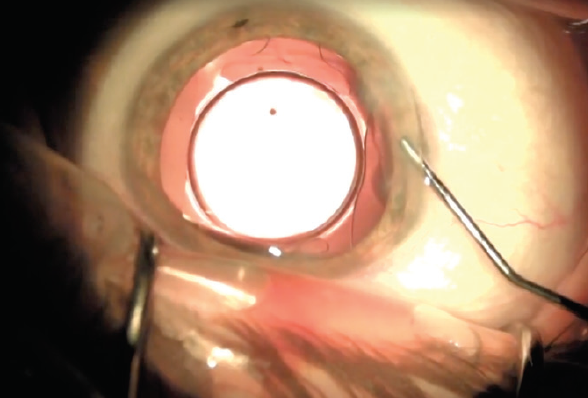
Figure 4. The wound is hydrated at the end of the case.
CONCLUSION
We are not convinced that any cataract surgery case should be labeled routine, but having a basic protocol to rely on as the foundation of any cataract procedure is an integral part of becoming a successful cataract surgeon, whether you perform 500 cataract surgeries a year or 5,000.

